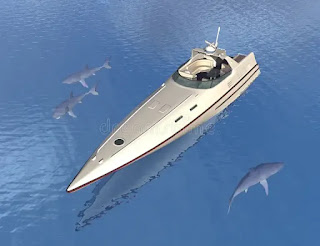Trailblazers of the Deep: Celebrating Women’s Legacy and Innovation in Naval Architecture & Marine Engineering
.png)
The maritime industry, once considered a man's world, has been impacted considerably by the will and ingenuity of women. From designing revolutionary ships to pioneering green marine technology, women have continually redefined naval architecture and marine engineering. Let us explore their remarkable contributions, challenges, and the evolving face of inclusivity. Historical Anchors: Pioneering Women Who Set Sail While women's official involvement in naval architecture gained momentum following World War II, their influence began sooner. Institutions like the Royal Institution of Naval Architects (RINA) today honor such names as Dr. Philippa "Pippa" Wilson, whose work in hydrodynamics during the 1960s revolutionized ship efficiency. Similarly, trailblazer Emily Roebling, no official engineer but a vital member in the 19th century, spearheaded the completion of the Brooklyn Bridge, a testament to early women's technological success, if often unsung. Eil...
.jpg)

